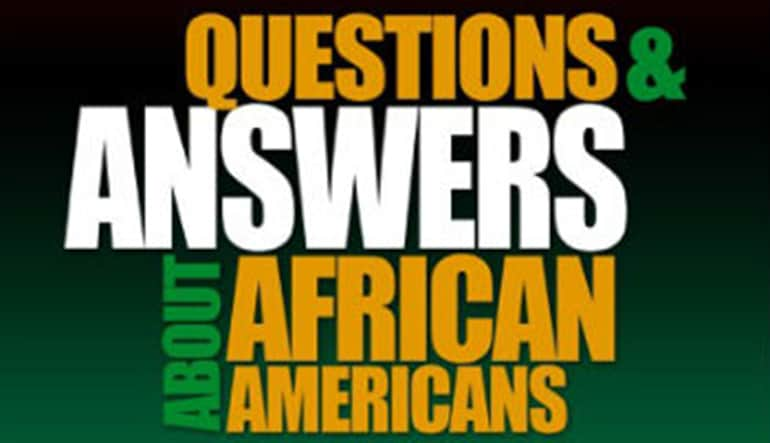At some point at work, school or in our personal lives, we will be confronted with questions and comments about people who are different from us. Last semester, I had the opportunity to explore these types of questions as I helped write a book for the School of Journalism’s Bias Busters series.
The Bias Busters class, led by School of Journalism Editor in Residence Joe Grimm, uses journalism to produce a series of books that break down cultural and socially constructed walls and replaces bias and stereotypes by encouraging conversation among people and opening up discourse among groups.
The book our class wrote, titled "100 Questions and Answers About African Americans,"sets out to break down societal barriers and stereotypes about African Americans. It is an eye opener into what a lot of the American population does not know about African Americans.
Our class spent an entire semester asking questions and looking for content that would best inform readers on the subject. The book could have easily been 400 questions and a dictionary’s length, but we worked together to create a concise collection of information.
Our class met once a week and was made up of students from different academic disciplines, races and religions. Everyone had their own idea as to what should be included, and we frequently had in-depth discussions about race and why certain stereotypes would be more impactful to address.
Throughout the semester, small groups would stay after class. Professor Grimm always brought us snacks, and one evening ordered us pizza. For many of us, staying late to work on the book wasn't a burden because we wanted to produce a guide that we would be proud of.
In an age when every type of opinion and comment is shared on the Internet, we were committed to making our guide a resource for people who wanted to responsibly educate themselves.
Brian Batayeh, a Biomedical Laboratory Science student, told me he "really enjoyed the creative process because it pushed us to have difficult conversations surrounding systemic issues of racism domestically and globally."He also said that "doing the research and discussing what might be contributing to the information that we found was an eye-opening experience."
Although we created a guide to help people understand African Americans, our work will never speak for everyone, nor would we want it to. If you have an educated and honest question about someone in your community, it’s okay to ask as long as you are willing to listen.
Overall, I hope the people who read the book appreciate the care and time that went into creating it and take it upon themselves to try to understand others and educate themselves on issues of race and equality.
"100 Questions and Answers About African American’s is now available in print and digital formats. It is the largest guide in the series so far at 68 pages.
The Bias Busters series began in 2013 and the African American guide is the ninth in the series. Other guides have covered Americans, Arab Americans, East Asian Cultures, Hispanics and Latinos, Indian Americans, Native Americans, Muslim Americans, and Veterans.
By Victoria Bowles
